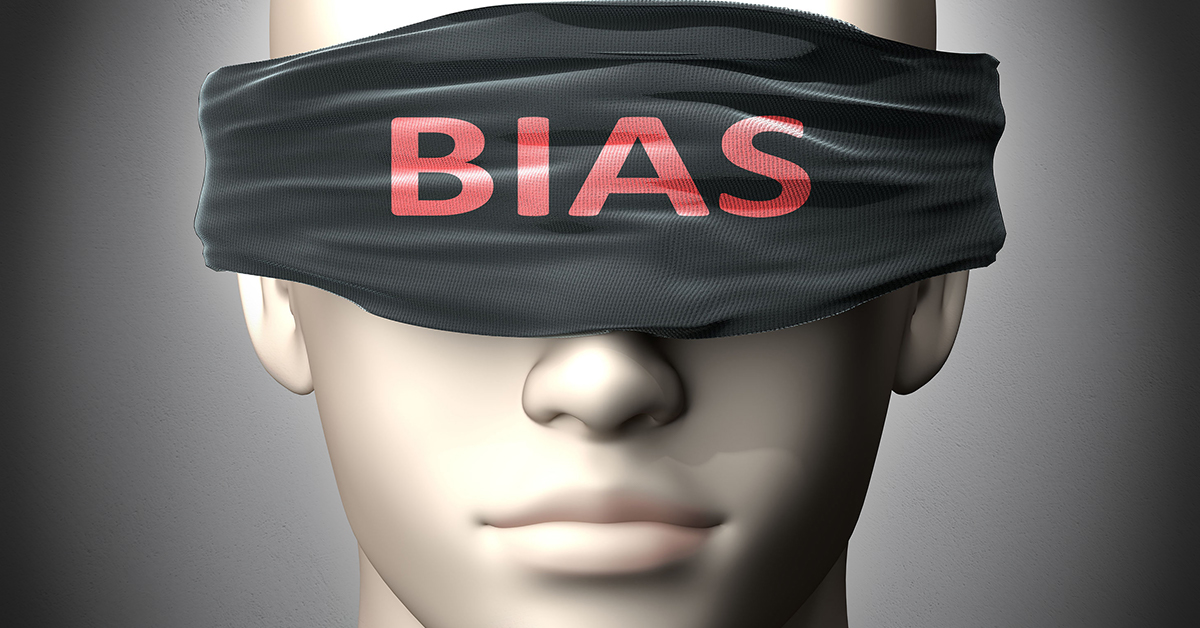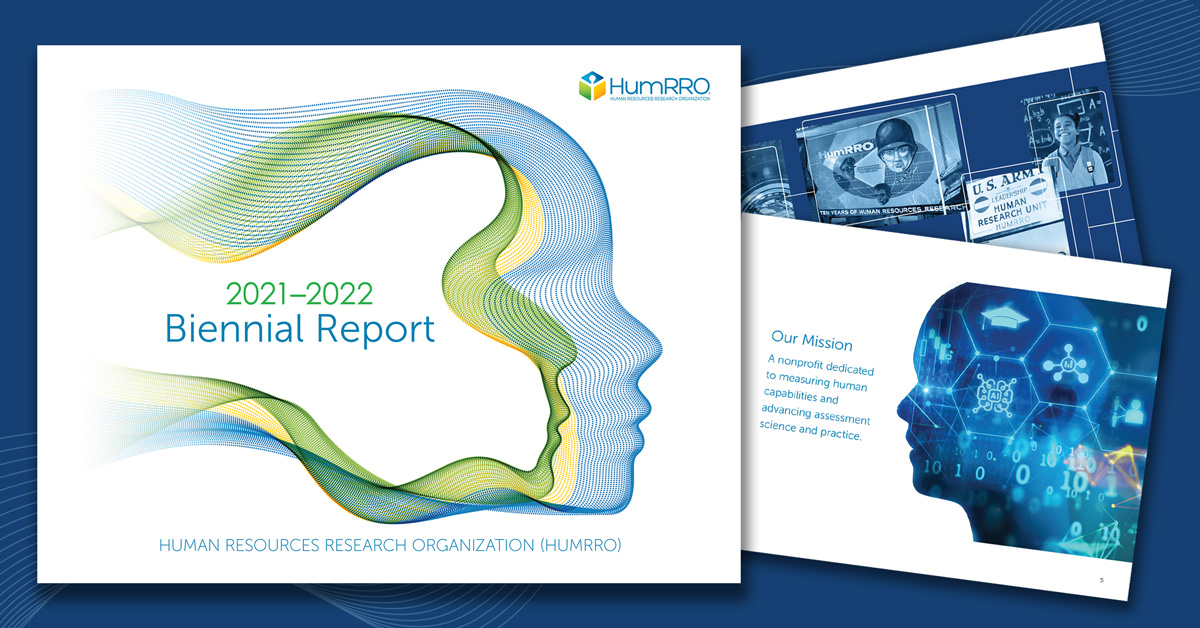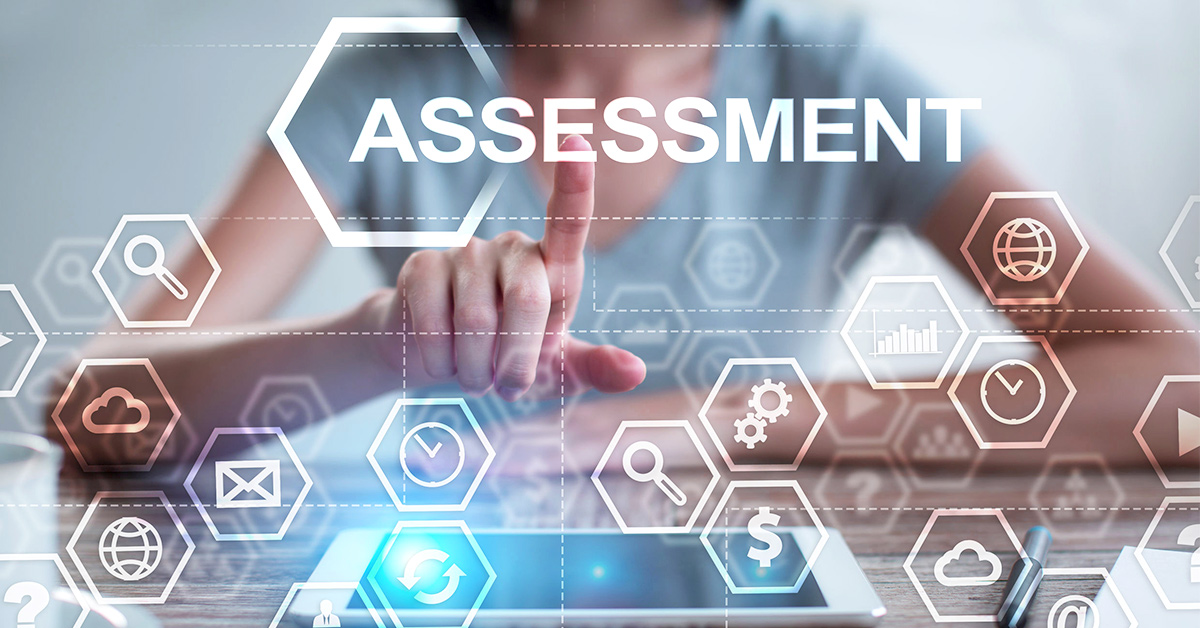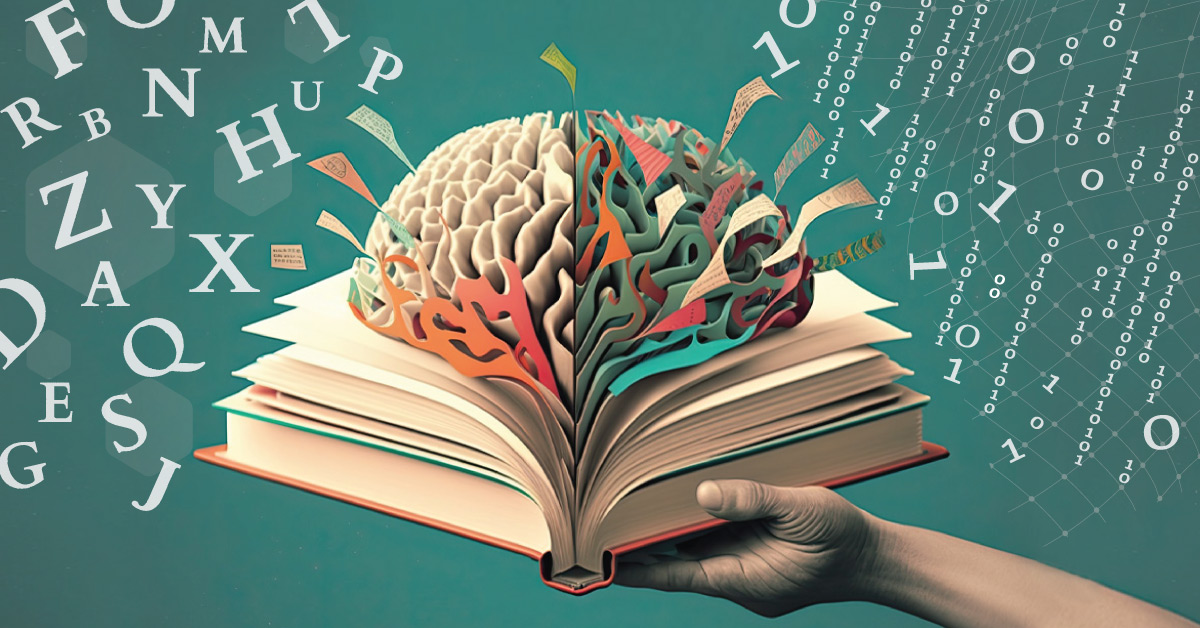The current public health, economic, and social justice crises facing America are shining a bright light on inequities in our society. In response, companies are examining their processes and implementing stronger diversity and inclusion initiatives.
At an individual level, it is important for decision makers at these companies to examine their own biases and understand how they might impact decisions. Explicit bias, or overt racism, is easier to spot and eliminate. Implicit bias, however, is just as impactful but much harder to recognize.
The Kirwan Institute for the Study of Race and Ethnicity at The Ohio State University defines unconscious bias, also known as implicit social cognition, as “the attitudes or stereotypes that affect our understanding, actions, and decisions in an unconscious manner.” Furthermore, “these biases, which encompass both favorable and unfavorable assessments, are activated involuntarily and without an individual’s awareness or intentional control.”
Bias on the Brain
To mitigate implicit bias, you first must recognize where it originates. Although much of the science around implicit bias is still in its infancy, scientists are starting to look toward the brain and neurological mechanisms. For example, scientists are evaluating the role of the amygdala, which is associated with fear or the “fight or flight” notion. The survival instinct of our brains drives us to make certain decisions—usually quickly and relying on a “gut feeling.” For instance, should I run from that rustling sound coming from those bushes? Humans would not have survived long if our brain stopped and thought, hmm … let me think about that.
From an evolutionary standpoint, this instinct serves us well, but it can lead to poor decisions based on false assumptions that would be different with more time and information. To further complicate this challenge, the brain is bombarded with 11 million pieces of information at one time, but it can only process about 40 pieces. To accommodate all that information, the brain subconsciously processes the information using pattern recognition, categorization, and filtering.
The brain’s ability to quickly process information is developed over time based on repetition and experience. While categorizing and filtering information is good for functioning, it is not effective in stopping bias. When the brain is unable to consciously process lots of information at one time, then the subconscious takes over. When groups of people are completely unaware of the subconscious biases this creates, systemic issues can emerge.
Implicit Bias in the Workplace
According to Nobel Prize-winning psychologist and economist Daniel Kahneman, humans process decisions based on two systems:
- System 1 or Blinking. Refers to our intuitive system, which is typically fast, automatic, effortless, implicit, and emotional.
- System 2 or Staring. Refers to reasoning that is slower, conscious, effortful, explicit, and logical.
To address implicit bias in the workplace when selecting new employees, people need to move consciously toward System 2, which requires slowing down thinking and being more mindful. Unfortunately, many interviewers still use System 1 thinking, such as “gut instinct” and “chemistry,” that limit their ability to pick the best person, or worse, to unconsciously rule out candidates from different races and backgrounds.
To determine if a hiring manager is engaging in System 1 thinking, ask:
- Does the manager “wing it,” with no clear plan for the interview? The problem with this approach is that no time is spent determining what is important about the job and what characteristics a person needs to be successful in the job.
- Does the manager ask candidates different interview questions for the same position? If different questions are asked of candidates for the same position, it makes it difficult to compare “apples to apples.”
- Does the manager talk more than listen? Apply the 80/20 rule for effective interviewing: the candidate speaks for 80 percent of the time and the manager for 20 percent of the time. If this is flipped, that means the manager is more focused on selling the job rather than figuring out if the person is right for the job.
- Does the manager fall victim to snap judgments, such as firmness of the handshake and eye contact? “Rating errors” are errors in judgment that mislead or blind interviewers, such as first impression, similarity error, or halo effect, and can easily lead to hiring mistakes.
In fact, most of the time the “feel” we get for a person is wrong. Unstructured interviews score significantly lower in predicting job performance than structured interviews. In fact, research shows it would take three to four unstructured interviews by different interviewers to reach the validity of just one structured interview.
According to an analysis of employment discrimination cases based on interviews of external hires between 1998-2010, poor selection practices can also prove costly. Of those that went to trial, only 13 percent using structured interviews were ruled discriminatory compared to 50 percent of the unstructured ones. The average payout for companies that lost at trial or settled out of court was $1.5 million.
Elements of Structured Interviews
Well-designed assessment tools such as structured interviews mitigate implicit bias in hiring and promotion decisions, moving hiring managers from System 1 to System 2 processing. A well-designed onboarding system built around structured interviews has the following elements:
-
Interview plan
Based on the core, critical set of knowledge, skills, and abilities (KSAs), create interview questions that effectively tap into those KSAs. Decide whether experience-based questions or situational or scenario-based questions will work best. For example, if you are hiring experienced people, then the questions can focus more directly on their prior experiences. But if your applicant pool is not experienced, then asking them to describe what they would do (situational or scenario-based) is a better way to go. Focusing or follow-up questions help further understand the candidate’s response. Remember to use these same questions for everyone that you interview for the open position.
-
Benchmarks
A critical step in the process is to think about the kinds of things you want to hear in the interview. In other words, what are some examples of a good response to each question you are going ask and what are some examples of a poor response? Use this information to create a scoring rubric or set of guidelines for interviewers to use in the evaluation process.
-
Panels
People come from different backgrounds and will have different perspectives. Using a panel of three interviewers helps make explicit, and therefore counter, any one person’s implicit biases. Creating interview panels is also an opportunity to include those impacted by the job. This could include people in other areas of the organization and outside the organization.
-
Note-taking
Listen more, talk less, and take notes. It is the only way to learn about the person’s qualifications and to compare to other candidates. The goal is to gather information about the person’s readiness to perform the job not whether the interviewer “clicks” with the candidate.
-
Rating forms
A well-designed rating form helps people recognize “rating errors,” such as first impression and halo effect and helps to mitigate them. Avoid fitting the facts to your conclusion; fit your conclusion to the facts.
-
Training
Anyone who will sit on a panel to make important decisions about selection should be trained in the process and how to avoid rating errors or implicit bias. Training is a critical step in the process.
Anti-Bias in Action
HumRRO is currently partnering with a Fire/EMS Department, using the practices highlighted above to enhance their hiring standards and to ensure equitable treatment across applicants. Specifically, HumRRO is developing interview questions that tap into difficult-to-assess competencies, helping interviewers to focus on relevant skills and experiences. We are also creating scoring rubrics, benchmarks, and guidelines to level the playing field for entry-level candidates and developing and leading training to ensure panel members know how to conduct structured interviews.
While it may seem self-evident not to use gut instinct, training on why it is normal human behavior—developed through centuries of evolution—to go with your gut and how to prevent it is important for avoiding bad hiring decisions. In fact, interviewers often experience lightbulb moments during training, understanding why structured interviews are key to creating a fairer and more effective hiring process. The Fire/EMS Department has already seen positive outcomes and is looking to use the process for selection into their next academy.
Addressing implicit bias is not just about doing the right thing; it is also about finding the best person for the job. While no tool is perfect, having a structured process in place can help flag and prevent implicit bias in your selection practices.








